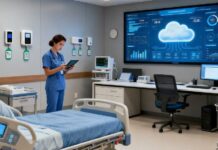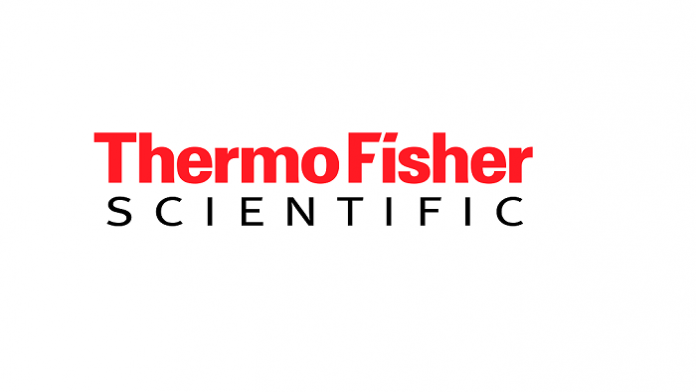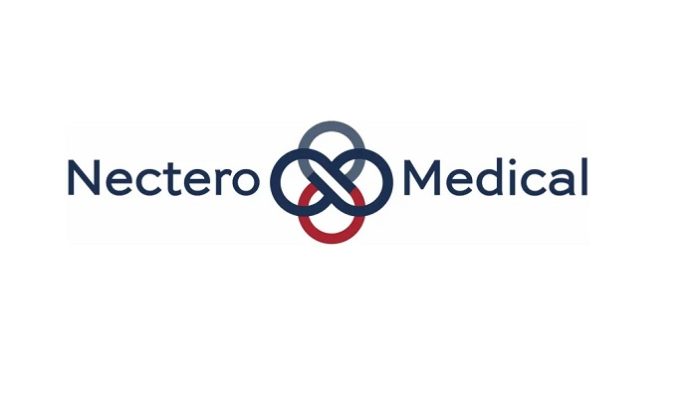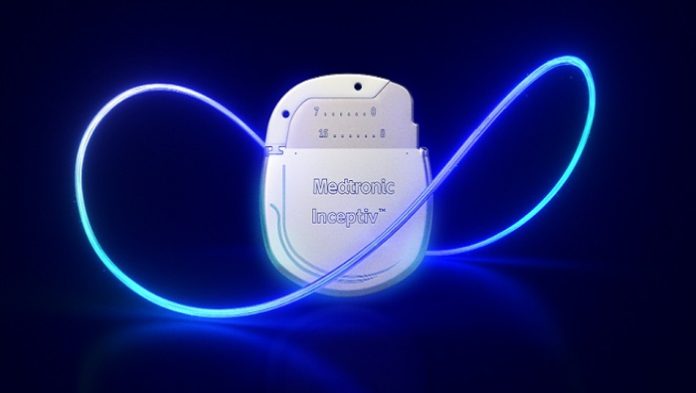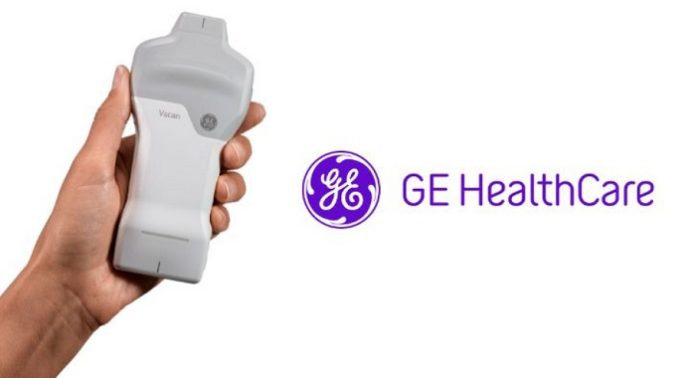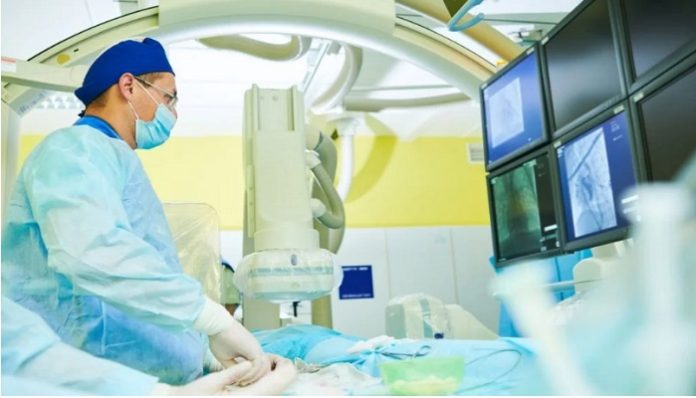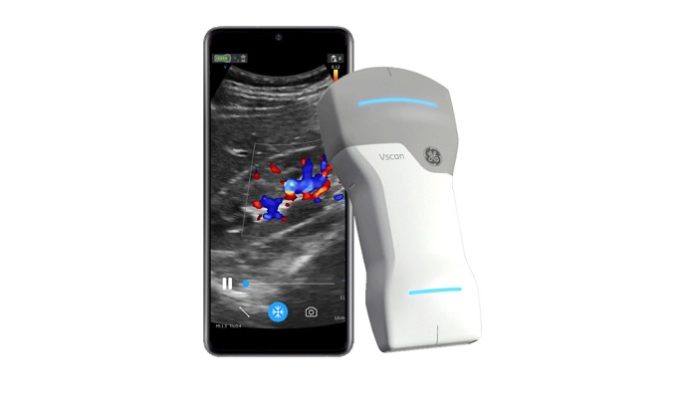Hormone replacement therapy (HRT) has become an increasingly popular treatment for individuals seeking to transition or alleviate symptoms of menopause. However, accessing HRT can be challenging for those who live in rural areas or have limited access to healthcare providers. Fortunately, the rise of telehealth has made it easier for individuals to access HRT from the comfort of their own homes.
Telehealth HRT provides a safe and convenient alternative to traditional in-person appointments. Patients can connect with healthcare providers online, eliminating the need for travel and reducing wait times.
As telehealth continues to reshape healthcare, HRT via telehealth is becoming an increasingly popular option for individuals seeking hormone therapy. With its convenience, accessibility, and inclusivity, telehealth HRT is transforming the way individuals access and receive hormone therapy.
Understanding Telehealth and Hormone Replacement Therapy
The Concept of Telehealth
Telehealth is a healthcare delivery method that uses telecommunication technologies to provide medical care and services remotely. It allows patients to access healthcare services from the comfort of their homes, eliminating the need to visit a physical clinic or hospital. Telehealth is a convenient and cost-effective way to receive medical care, especially for individuals who live in remote areas, have mobility issues, or have busy schedules.
Telehealth services include primary care and specialist consultations, medication review visits, and support groups. One of the most exciting possibilities of telehealth is hormone replacement therapy (HRT). HRT is a medical treatment that involves replacing hormones that the body no longer produces in sufficient quantities. It is commonly used to treat menopause symptoms, such as hot flashes, mood swings, and vaginal dryness.
Overview of Hormone Replacement Therapy
Hormones are chemical messengers that regulate various bodily functions, including growth, metabolism, and reproduction. As individuals age, their hormone levels decline, which can lead to a range of health problems. HRT involves replacing hormones, such as estrogen and progesterone, to alleviate symptoms of hormone deficiency.
HRT can be administered in various forms, including pills, patches, gels, creams, and injections. The type of HRT prescribed depends on the individual’s symptoms, medical history, and preferences. Telehealth HRT clinics such as Amazing Meds offer a convenient and accessible way to receive hormone replacement therapy from the comfort of one’s home.
Telehealth HRT services are especially beneficial for individuals who live in remote areas or have limited access to healthcare services. They can also be useful for individuals who have mobility issues or have busy schedules that make it difficult to attend in-person appointments. Telehealth HRT services offer a convenient and cost-effective way to receive hormone replacement therapy, improving the quality of life for many individuals.
The Role of Telehealth in Hormone Care
Telehealth is revolutionizing the healthcare industry by providing convenient and accessible care to patients. Hormone replacement therapy (HRT) is one area of healthcare that has benefited greatly from telehealth services. Here are some ways in which telehealth is changing the landscape of hormone care:
Telehealth Visits
Telehealth visits allow patients to receive care from the comfort of their own homes. Patients can schedule appointments with their healthcare provider and have a video consultation without having to travel to a physical clinic. This is particularly beneficial for patients who live in remote areas or have mobility issues. Telehealth visits also reduce the risk of exposure to infectious diseases, making it a safer option for patients.
Electronic Communications
Telehealth also allows for electronic communications between patients and healthcare providers. Patients can communicate with their provider through secure messaging, email, or phone calls. This allows patients to ask questions, receive test results, and get prescriptions refilled without having to make an appointment. Electronic communications also allow healthcare providers to monitor patients’ progress and adjust treatment plans as needed.
Care from Home
Telehealth services allow patients to receive hormone care from the comfort of their own homes. Patients can order their medication online and have it delivered directly to their doorstep. This eliminates the need for patients to go to a physical pharmacy, which can be difficult for those who have mobility issues or live in remote areas. Patients can also monitor their hormone levels at home using at-home testing kits and send the results to their healthcare provider for review.
Benefits of HRT Via Telehealth
Hormone replacement therapy (HRT) is a medical treatment that can help alleviate symptoms of hormonal imbalance, such as hot flashes, mood swings, and fatigue. Traditionally, HRT requires in-person visits to a healthcare provider, which can be inconvenient for some patients. However, with the rise of telehealth, patients can now receive HRT from the comfort of their own homes.
Accessibility and Convenience
One of the main benefits of HRT via telehealth is increased accessibility and convenience. Patients no longer need to take time off work or travel long distances to attend appointments with their healthcare provider. Instead, they can schedule virtual visits from their home or office, saving time and money. This is especially beneficial for patients who live in rural or remote areas, where access to healthcare may be limited.
Overcoming Geographic Barriers
Telehealth also allows patients to overcome geographic barriers. Patients who live far away from their healthcare provider can now receive HRT without having to travel long distances. This is particularly important for patients who may have mobility issues or who live in areas with limited public transportation. Telehealth also allows patients to receive care from providers who are not located in their immediate area, giving them access to a wider range of healthcare options.
Personalized Treatment Plan
Another benefit of HRT via telehealth is the ability to receive personalized treatment plans. Telehealth providers can use digital tools to collect information about a patient’s medical history, symptoms, and lifestyle, which can be used to create a personalized treatment plan. This can improve the effectiveness of HRT and reduce the risk of side effects. Additionally, telehealth providers can monitor patients remotely, allowing them to make adjustments to the treatment plan as needed.
Role of Healthcare Providers in Online Hormone Care
When it comes to online hormone care, healthcare providers play a crucial role in ensuring that patients receive proper treatment and care. There are two main types of healthcare providers involved in online hormone care: primary care providers and specialist practitioners.
Primary Care Providers
Primary care providers are often the first point of contact for patients seeking hormone therapy. They are responsible for assessing the patient’s overall health and determining whether hormone therapy is an appropriate treatment option. Primary care providers may also be responsible for prescribing hormone therapy and monitoring the patient’s progress.
In the context of online hormone care, primary care providers must be able to provide comprehensive care and support to patients remotely. This may involve conducting virtual consultations and follow-up appointments, as well as providing patients with resources and information to help them manage their hormone therapy.
Specialist Practitioners
Specialist practitioners, such as endocrinologists, gynecologists, and urologists, play a critical role in providing specialized care to patients undergoing hormone therapy. They have extensive knowledge and expertise in hormonal disorders and are trained to manage complex cases.

In the context of online hormone care, specialist practitioners may be consulted by primary care providers to provide specialized care and support to patients. They may also conduct virtual consultations and follow-up appointments to monitor the patient’s progress and adjust their treatment plan as needed.
Overall, healthcare providers are essential to the success of online hormone care. They must be knowledgeable, skilled, and compassionate in their approach to providing care and support to patients undergoing hormone therapy. By working together, primary care providers and specialist practitioners can ensure that patients receive the best possible care and achieve optimal health outcomes.





